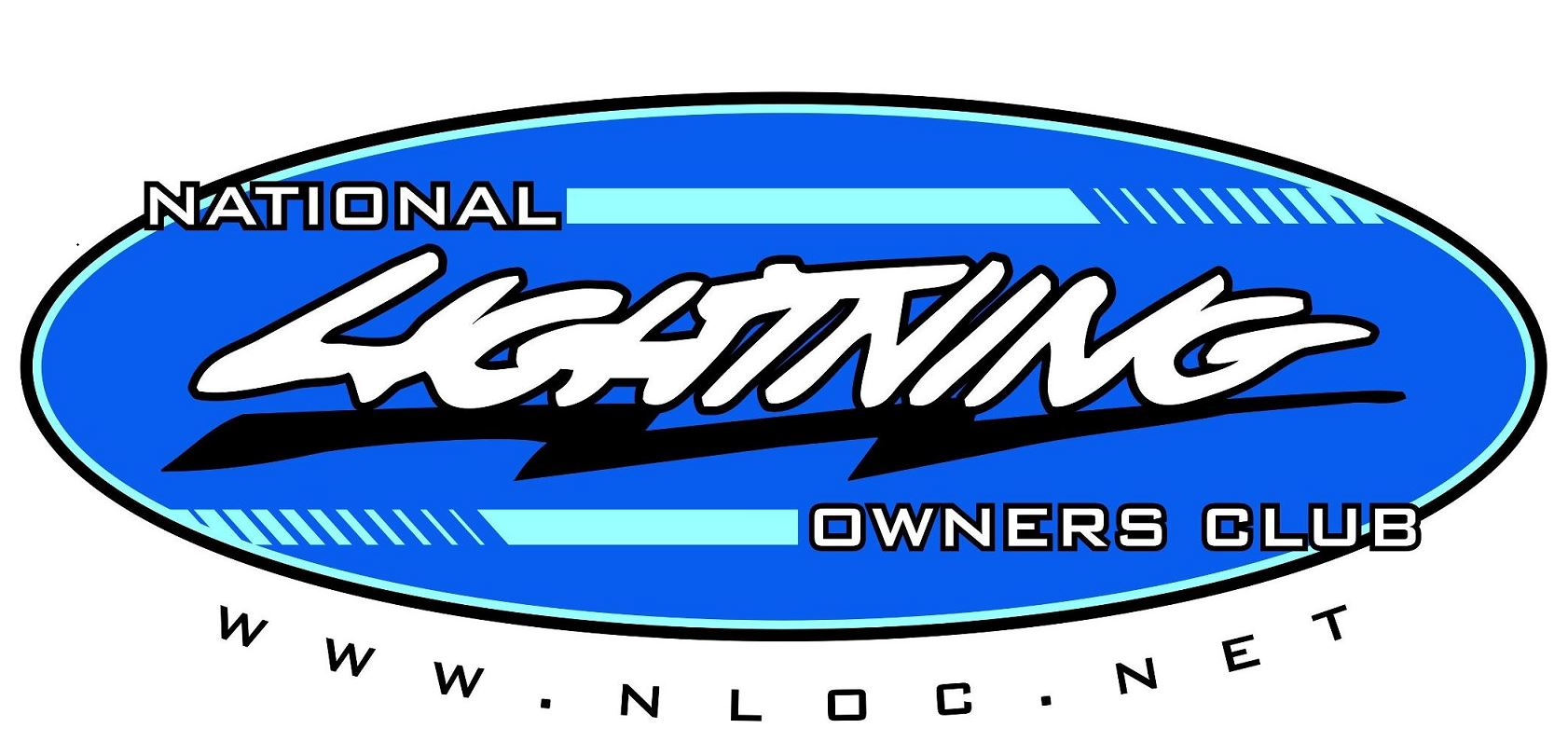mistergadget
RaceTested 11 Second Club
As many of you know I installed a set of TCE big brakes in June
They were great great at first, but I had the common "pulsing" issues with Q pads.
MY first set of rotors bit the dust a couple weeks back and my drilled rotors had cracks around the holes on both sides.
Those came off and I replaced them with plain rotors (no slots or holes) and put in a set of E pads.
The e pads felt great for a couple blocks and then started pulsing really really badly. As bad or worse as driving on the cracked rotors. They also turned the wheels totally black in about 30 miles of driving. And made a terrible terrible noise at low speeds. I thought I could be badass enough to run mean pads on the street but I just couldnt stand it.
I put my beat up "Q" pads back in and the brakes now arent noisy but still pulse some.
I feel like my luck with brakes is sucking really bad. I dont want to get another set of new Q pads since i think they will just leave deposits and make the brakes pulse badly again, but these are a little too beat up to run for nay length of time.
Has anybody used the T pads as a street pad?
Not a dig against todd of my TCE brakes in any way, his srevice and advice has been top notch all the way, just looking for some suggestions or advice from others who are running this kit.
Or should a just buy another set of Q pads and have the rotors turned later?
They were great great at first, but I had the common "pulsing" issues with Q pads.
MY first set of rotors bit the dust a couple weeks back and my drilled rotors had cracks around the holes on both sides.
Those came off and I replaced them with plain rotors (no slots or holes) and put in a set of E pads.
The e pads felt great for a couple blocks and then started pulsing really really badly. As bad or worse as driving on the cracked rotors. They also turned the wheels totally black in about 30 miles of driving. And made a terrible terrible noise at low speeds. I thought I could be badass enough to run mean pads on the street but I just couldnt stand it.
I put my beat up "Q" pads back in and the brakes now arent noisy but still pulse some.
I feel like my luck with brakes is sucking really bad. I dont want to get another set of new Q pads since i think they will just leave deposits and make the brakes pulse badly again, but these are a little too beat up to run for nay length of time.
Has anybody used the T pads as a street pad?
Not a dig against todd of my TCE brakes in any way, his srevice and advice has been top notch all the way, just looking for some suggestions or advice from others who are running this kit.
Or should a just buy another set of Q pads and have the rotors turned later?

